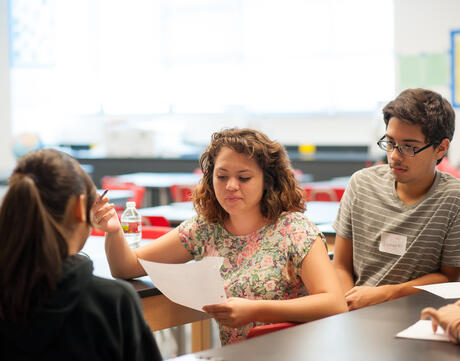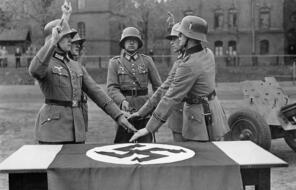
Introducing and Dissecting the Writing Prompt
At a Glance
Language
English — USSubject
- History
Grade
10Duration
One 50-min class period- Genocide
- The Holocaust
- Human & Civil Rights
Overview
About this Assessment
This optional assessment asks students to respond to the unit’s essential question in an argumentative essay. Seven steps are interspersed throughout the unit (after lessons 4, 7, 9, 14, 19, 22, and 25) to introduce students to the assessment and guide them as they gather evidence, develop their theses, and begin to write their essays. Follow the link at the end of each assessment step to proceed to the next lesson in the unit.
Procedure
Activities
Materials and Downloads
Quick Downloads
Download the Files
Get Files Via Google
Introducing and Dissecting the Writing Prompt
Universe of Obligation
The Roots and Impact of Antisemitism
Unlimited Access to Learning. More Added Every Month.
Facing History & Ourselves is designed for educators who want to help students explore identity, think critically, grow emotionally, act ethically, and participate in civic life. It’s hard work, so we’ve developed some go-to professional learning opportunities to help you along the way.
Exploring ELA Text Selection with Julia Torres
On-Demand

Working for Justice, Equity and Civic Agency in Our Schools: A Conversation with Clint Smith
On-Demand

Centering Student Voices to Build Community and Agency
On-Demand










